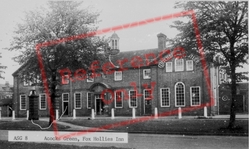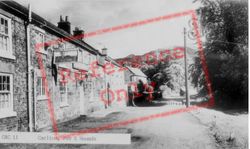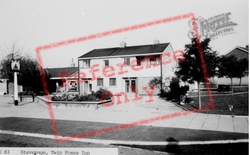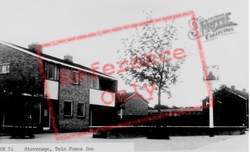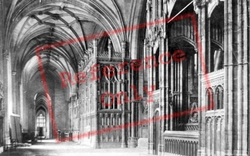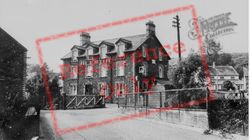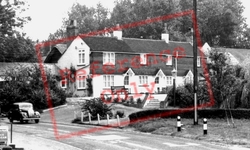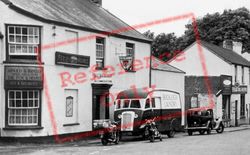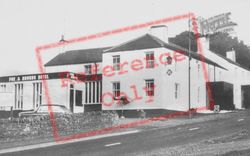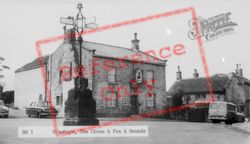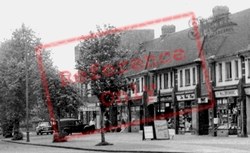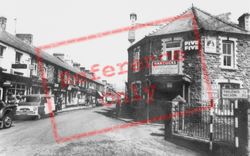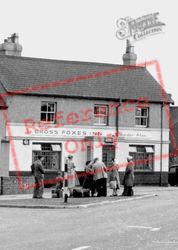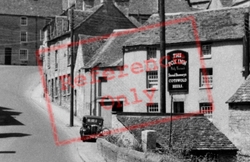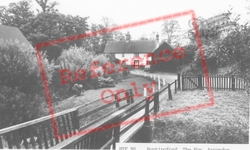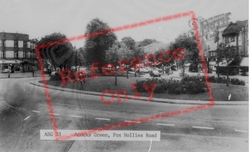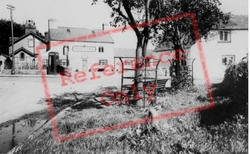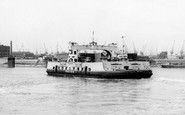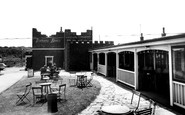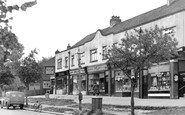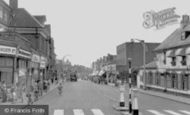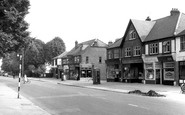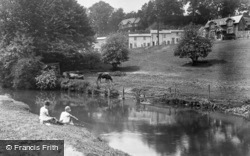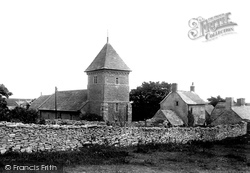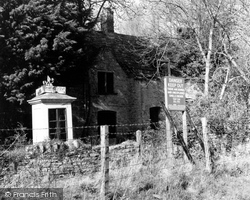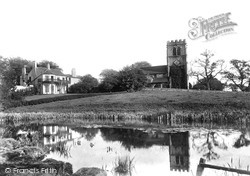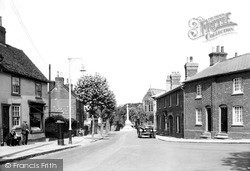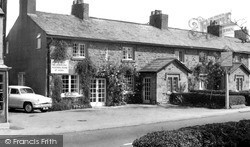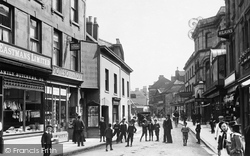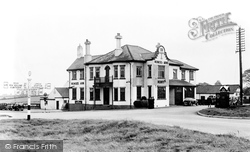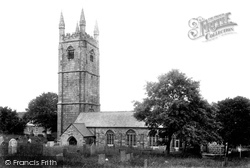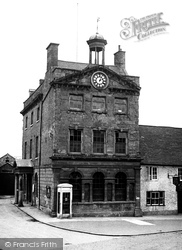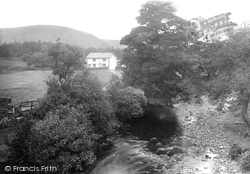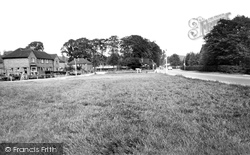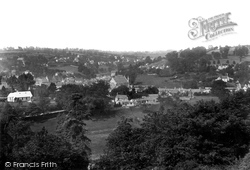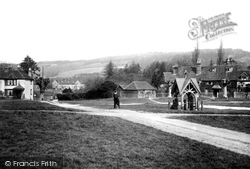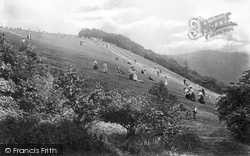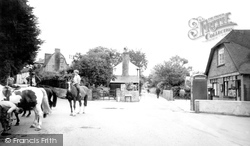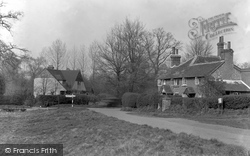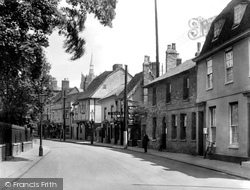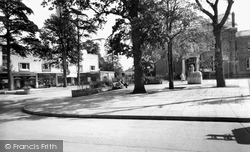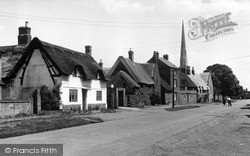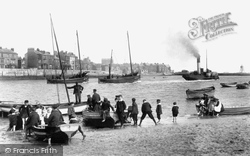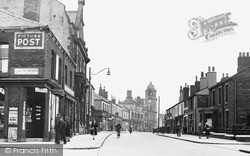Photos
186 photos found. Showing results 161 to 180.
Maps
108 maps found.
Books
37 books found. Showing results 193 to 216.
Memories
837 memories found. Showing results 81 to 90.
The Halcyon 1950's
I lived with my family in Connaught Gardens from being born in 1949 to late 1960 when we moved to Shiremoor. At the end of our street was an overgrown, rubble strewn wasteland which we called 'The Croft'. A natural childrens ...Read more
A memory of Forest Hall in 1950 by
Part 12
Hetton Council then cleaned up the remainder of the site, put on topsoil, and turned it into a sort of small park. There are some articles I have from the local paper published at the time giving a bit more insight to what happened. ...Read more
A memory of Middle Rainton in 1945 by
My First 21 Years
I was born on 5th July 1948, we lived in one of the houses behind the Wheatsheaf hotel. Our neighbours there were the Wilcocks and the Browns. My Dad, worked as a driver for a furniture company and a coalman and I remember he ...Read more
A memory of Queensbury by
Stewed Eels In Manzies Circa 1945
As a small lad, I loved stewed eels with mash & parsley sauce and occasionally mum would take me to Manzie's in Thomas Street, as it was her favourite too. But on this day we were obliged to share a 'box' ...Read more
A memory of Woolwich in 1940 by
When I Was 12
I was born in Dublin, Ireland. My mother was born in Six Bells. Her name was Olwen Roche, nee Griffiths. In 1959 my mother took myself and my brother to stay with my grandparents who lived at no 9 Griffin Street. I will never ...Read more
A memory of Six Bells in 1959 by
Visits To Captain Digby In 1960s
I remember our annual holiday to Kingsgate in the 1960s. We stayed in various guest houses in Percy Avenue and often walked down to Kingsgate Bay for a day on the beach. In 1965 I was aged 7 and remember the pub ...Read more
A memory of Kingsgate in 1965 by
Fetcham In The Forties And Fifties
This parade of shops is in my memory for ever - my family moved to Orchard Close - which starts just beside the post office on the right of the picture - in 1946. My brother was five and I was six months old. ...Read more
A memory of Fetcham in 1950 by
The White Hart In 1881
I've been researching my ancestors and discovered that my great-great-grandfather, William Fox, was living at the White Hart in High Road, West Wickham, in 1881 with his daughter Mary Ann Reading and her husband John ...Read more
A memory of West Wickham in 1880 by
Holidays In Saham Hills
Just after the war we visited Saham Hills quite regular from Hull. We stayed with an aunt and uncle of my father's by the name of Smith. He was called Charlie, his wife was Pat and they had a son who was called young ...Read more
A memory of Saham Hills in 1950 by
Shops
Picture shows the junction of Main Road with Crossways. I moved to Crossways aged 7 in 1961. The shop on the corner by the phone box was a Co-op, and the one on the far side of Crossways was a Post Office. From 1961 to 1970 I caught the ...Read more
A memory of Gidea Park in 1963 by
Captions
235 captions found. Showing results 193 to 216.
The young girl in her fashionable cloche hat dips for minnows in the River Beane, whilst her friend waits patiently for her turn.
The public telephone has been identified by Michael Thomas as a K1 Mark 236 box of 1927, of which about 4,500 were erected, with a roof sign dating from 1929.
The public telephone has been identified by Michael Thomas as a K1 Mark 236 box of 1927, of which about 4,500 were erected, with a roof sign dating from 1929.
A 14th-century building, it has a strange pew perched up on the wall 'like an opera box'. It also has two rather precious books. One is a Breeches Bible that dates from 1560.
The pillar box is now further down the High Street. In the foreground are Nos 1 and 2 Debden Road. No 1 is divided by a drainpipe from 100 High Street.
Note the old-style telephone box (left). Most of these cottages were built at the turn of the 19th century, when stops at Robinson's Tea Rooms were part of the popular wagonette trips.
Up until the First World War it was used as a cinema, and as a venue for wrestling, boxing matches and roller skating.
Note the cadet resplendant in his scarlet uniform and rakishly angled pill-box hat.
A sign of the times is here in the form of the AA box (right) with two AA patrol men going across the road for a quick one!
The interior was restored in 1904 when the old box pews were replaced and a chancel screen installed.
Outside the Moot Hall is an early concrete telephone box designed by Gilbert Scott.
A sign of the times is here in the form of the AA box (right) with two AA patrol men going across the road for a quick one!
A telephone box marks the spot. The Pendle witches travelled through the Trough to Lancaster for judgement. Brennand Valley is just one of many beauty spots threading the fells near Dunsop Bridge.
The green now has five ash trees and a modern phone box. The houses on the left are part of the Coronation Walk estate, which was built soon after the coronation of Queen Elizabeth II in 1953.
Here Nailsworth is seen from the 'W', the zigzag hill road linking it to Box village. By 1900 the 'Pepperpot Church' has been replaced by St George's as we know it today.
Overlooked by the slopes of Box Hill and the sweep of the North Downs, this delightful village acquired its name from the badgers whose setts were by the River Mole.
The Lookout at the summit of Box Hill is due to the generosity of Mr Leopold Salomons of Norbury Park.
Findon is on the top of the Downs, just north of Worthing, and was noted for an annual sheep fair. Now horse breeding and training is an important local activity.
The 1920s Elm Tree Cottage on the left is now partly hidden by a large beech tree, while the 19th-century cottages behind the pillar box (which is still there today) have an extra bay to the
The Gothic west front with a Decorated-style window and the gable tower were added in 1891 in white brick, almost masking the earlier red-brick 'preaching-box' behind.
The paved area in front of Moot House was a sunny meeting place with mature trees, flower boxes and seats.
Although Queniborough is virtually a part of the outer edge of suburban Leicester, this photograph presents an almost chocolate-box view of the village.
The paddler giving them a tow is an example of what had become the classic design for this type of vessel: a tall funnel immediately abaft of two large paddle-boxes.
On the northern edge of the Wigan coalfield, local pits once provided employment for over 2000 miners, but by the late 1940s the mines were just a memory.
Places (11)
Photos (186)
Memories (837)
Books (37)
Maps (108)


